President Obama and his administration rightly claim that they have dismantled Iran’s nuclear weapons program. But there is another powerful tool in the arsenal of the Iranian regime that is not only alive and well, but growing fast: the religious network of mosques and their associated businesses.
The Iranian theocracy in Iran is reinforcing its pillars – economic, social and political. It wants to make sure that the nuts and bolts of the Shiite regime stay firmly place, and are not eroded in post-nuclear-deal Iran by the presence of Western business and visitors.
To clarify the point, let’s look at the difference between a mosque built before the 1979 Revolution, and one built afterwards.
Basically, any mosque built in the past 36 years has been designed to be economically self-sufficient, and even generate a profit for its board of trustees. Take, for example, the mosque on the Fatemi roundabout near the Interior Ministry (where the first crackdown took place after the disputed election in 2009). The mosque complex includes a major branch of the Sepah Bank (established more than 80 years ago by the military to pay monthly army salaries), which acts as a focus for local financial activity. The complex also includes facilities to host workshops and classes in computer skills, religion and Koranic studies.
By contrast, the pre-revolutionary mosque in the north central Gaysha neighbourhood (not far from the Tehran research reactor site) stands alone. It is a simple place of worship for the community, its function limited to observing Shiite Islamic rituals.
So what does the future hold, and in a decade, will the number of mosques have grown or shrunk?
Taghi Qaraati, brother of the hyperactive television-preacher Mohsen Qaraati, has an ambitious prediction.
“In order to spread the values of the Islamic Revolution and support Islamic awakening in the region, we are going to need 250,000 mosques,” he told Press.Jamejamonline.ir.
“That is more than twice as many as the current number – 100,000 — and nine times as many as Iran had before the revolution.”
And how will they be staffed?
Every mosque is led by an imam (a clergyman) who is faithful to the Supreme Leader. He leads prayers at the mosque and makes speeches. It goes without saying that he will never criticize the religious/political establishment, let alone become an opponent of the regime.
And there are other willing servants of the theocracy.
Believe it or not, there is a specific institute in charge of Friday Prayers, a ritual that reinforces the regime’s message every week. A few weeks ago its head, Reza Taghavi, said, “We have more than 35,000 staff working at the Friday Prayers Institute’s headquarters and in our 800 offices in cities and towns across Iran. Hundreds of our staff are sisters [ie women].”
In fact, the ritual of Friday Prayers is not a feature of traditional Shia worship. It is a political invention — a post-revolutionary innovation. In his book Shiite Revival, Hossain Nasr refers to it as the "Sunnification of the Shiite sect."
The thousands of people now associated with (and dependent upon) Friday prayers – both staff and those who attend – have become a powerful bastion of the regime.
Let’s have a look at the growth in the number of mullahs – both male and female – in the past four decades.
At the start of the Islamic Revolution, there were only about 25,000 mullahs studying in Qom, the powerful Vatican of the Shiites located 75 miles south of Tehran.
According to the author of Who Rules Iran?, in 2002 — just over 20 years later — there were 45,000.
These days, many of the theological students are women.
To see them you have only to go for a stroll in middle class neighbourhoods of Tehran such as Gaysha , Sharak Qarb or Yousefabad, or in the poor southern and eastern districts of the city. You cannot help bumping into young women wrapped in black chadors in the sizzling summer heat, leaving their women-only theological schools. These schools are funded by the state, with the money channelled through government owned- businesses or factories.
According to my thumbnail calculation, there are more than half million male and female seminarians and new mullahs — all graduates of various theological institutes in Qom, Tehran, Mashhad, Isfahan, Yazd, Kashan, and so on.
It’s a staggering number and represents the grandiose vision of a regime that values influence, power and wealth.
On every official tourist itinerary of Iran, there’s a stop at the Mausoleum of Ayatollah Khomenei so visitors can pay tribute to the father of the Islamic Revolution. The place is under constant reconstruction, and the extravagant additions and adornments are beyond belief. So much so that grass-roots Shiite worshippers, who revere modesty, recently complained to the manager of the shrine.
In response, according to Nasim Online, he said :' The more magnificent the mausoleum, the more spiritual its effect on pilgrims".
My conclusion: The dismantling of Iran’s nuclear bomb program was a piece of cake compared to the challenge of dismantling our grotesque Mullah-ocracy. Its growth will block the development of democracy in our country.
Realated articles:
Learning about Islam, Through a Curtain
Sunni Friday Prayers Banned in Tehran
To read more stories like this, sign up to our weekly email.
visit the accountability section
In this section of Iran Wire, you can contact the officials and launch your campaign for various problems











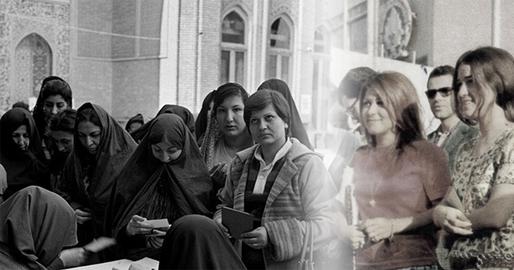
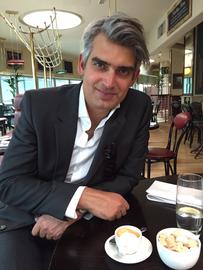
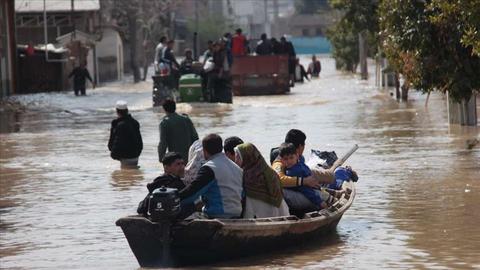
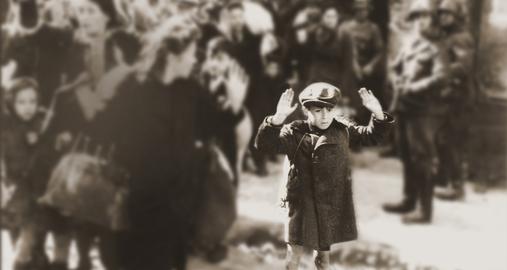
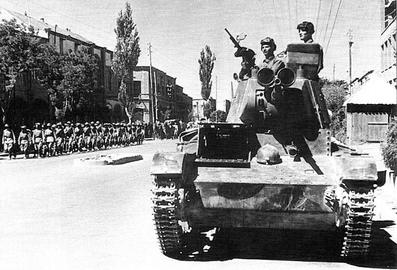
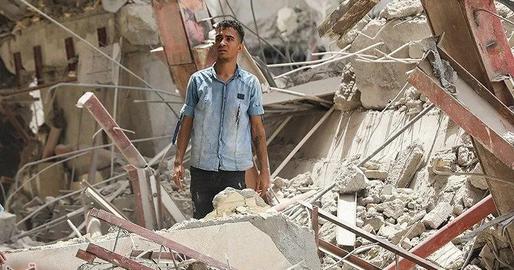





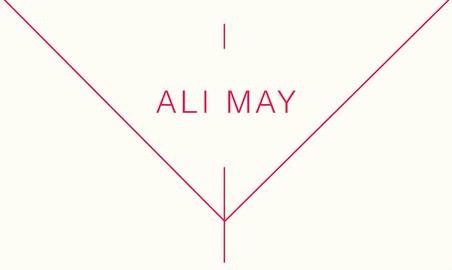
comments